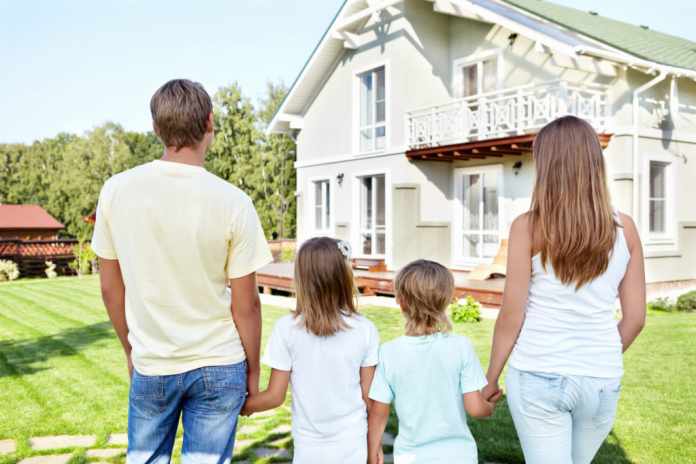Understanding The Life Expectancy Of A House & Why It Matters. Potentially, the most important question when buying a house is not how many bedrooms does it have or is it near a good school? The question you should be asking is how long will the house last?
Of course, life expectancy is subjective. The better looked after a house is the longer it is likely to last. But, it’s more than just looking after a home that matters, you also need to consider what the building is made of and whether it is in an area that suffers from earthquakes and other natural disasters.
You should note that there are many buildings in earthquake zones that have survived multiple earthquakes. The reason is that they have been reinforced to withstand the earth-shaking. It’s worth checking this if you’re planning to buy a property in an earthquake zone.
Before we start looking at the life expectancy of different houses you should also be aware that, regardless of what the house is made of, you should have an independent building inspection carried out. As mentioned, the key factor in establishing how long a house will last is how well it has been looked after. That’s why you’ll find a building inspection so useful.
200-Year-Old Houses
Some houses in Australia have been in existence for over 200 years. In fact, the oldest house in Australia is believed to be nearly 230-years-old. The property is Elizabeth Farm in Rosehill, Sydney. It was built in 1793.
The house is well-looked after and appears to be a modern home. But, its secret is hidden. It’s made from stone. There are no foundations, massive stones are placed on flattened earth to create walls that are tied together, this is facilitated by the roof structure.
Stone lasts for centuries, there is no reason why this house, and others like it, couldn’t be here in another 200 years.
100-Year-Old Houses
You may be surprised to learn there are literally hundreds of homes that are around the hundred-year-old mark. These are generally properties that have been made with brick. Bricks are generated made from clay and cemented together. These homes have strong concrete foundations and are fairly impervious to the weather. They are likely to last for hundreds more years.
Alongside the brick house, you’ll find that many wooden houses can last as long as 150 years. Wooden houses tend to be wooden frames on a solid concrete foundation. This reduces the exposure of the wood to moisture. The frame is clad with wood and treated. Providing the treatment is regularly repeated and any damage is dealt with, you’ll find these homes are still looking good after 100-years.
Of course, wooden-framed homes are more susceptible to natural disasters. But they are also simpler to rebuild if necessary. That makes them an attractive option.
50–Year-Old Houses
Houses made of steel will generally last at least fifty years, although it can be substantially longer. Steel is very strong and generally a good choice when living in an earthquake zone. But, if it’s damaged and exposed to moisture and the air, the steel will start to corrode. This weakens the integrity of the house and shortens its life expectancy.
The galvanized coating on the steel can be damaged through accidental contact, leaving it vulnerable. That’s why it’s particularly important this type of home is regularly inspected and maintained. That’s the difference between a good investment and a poor one.
Why It Matters
Investing in a property is a big decision and generally a lot of money. You’ll want to make sure you’re getting value for the money you spend. This s why it’s so important to have a survey done before you purchase. It will highlight any issues and let you know how much it will cost you to sort them all out.
Alongside this, you’ll be able to estimate how much life the house has left in it. If you’re looking for a forever home and the property you’re interested in is likely to be falling apart in thirty years, you may want to reconsider your options.
The same applies if you’re considering building your own home. Using metal is becoming increasingly popular as it is an environmentally friendly option and strong enough to withstand most natural disasters. But, if you don’t look after it properly you may be spending a lot of money and have nothing to show for it in fifty years.
Maintenance, Maintenance, Maintenance
Forget location, location, location, the most important factor to consider when purchasing or building a property is maintenance. How much love has the property been shown and how much will you need to do.
This should guide your decision as to which house is right for you and your family, today and in the future.









